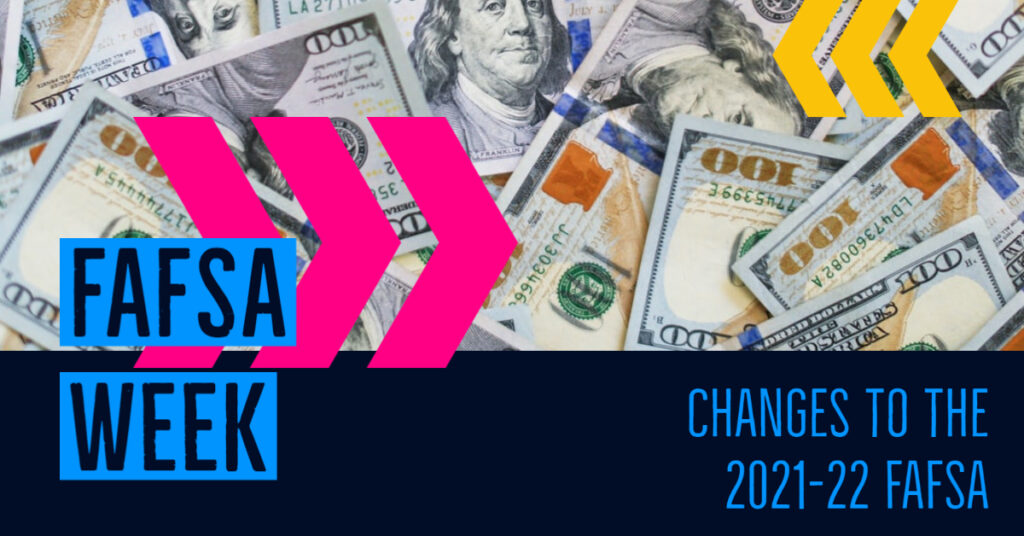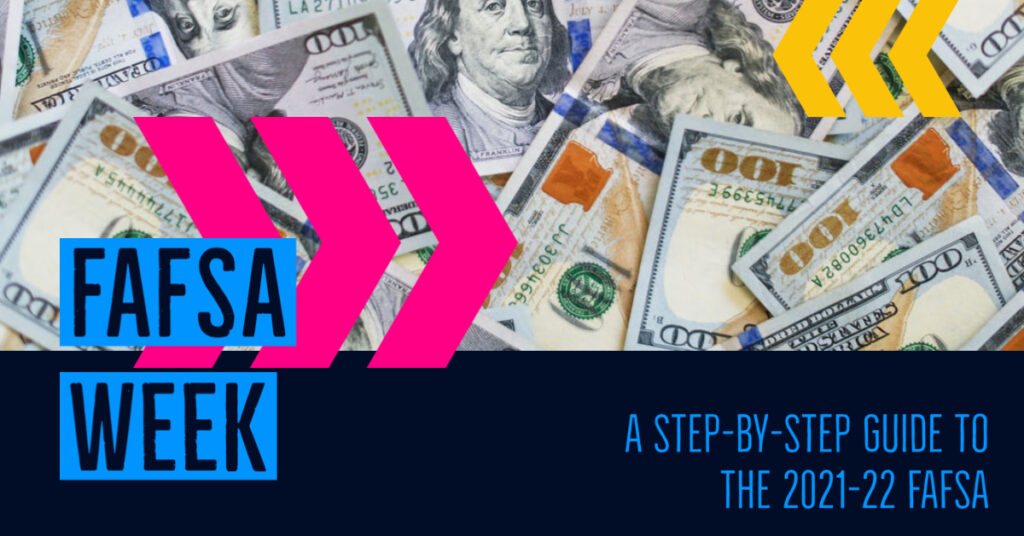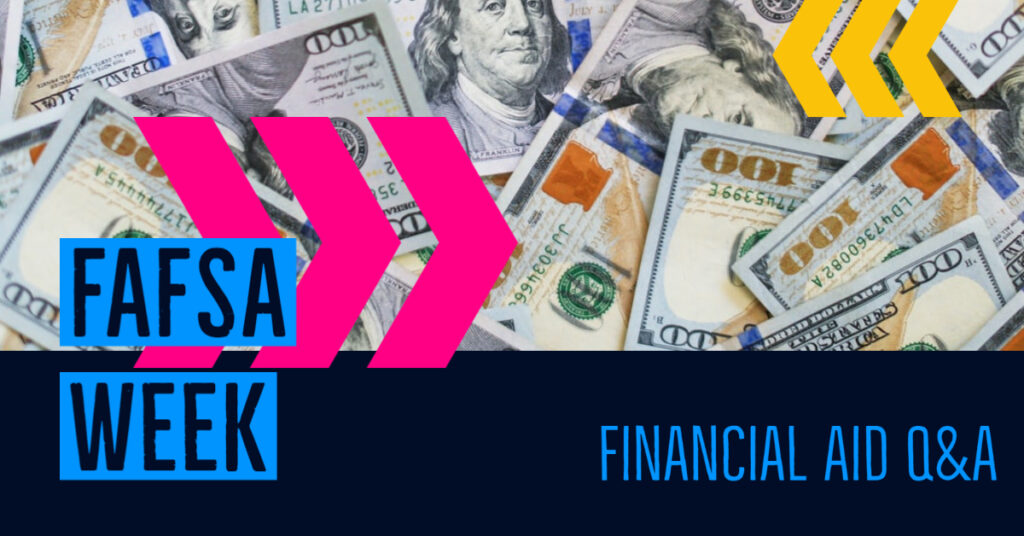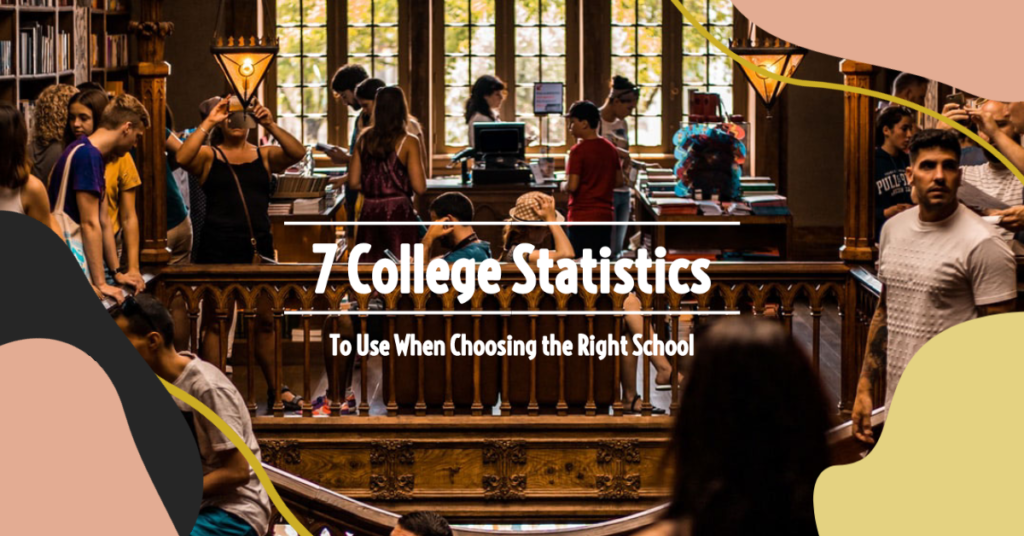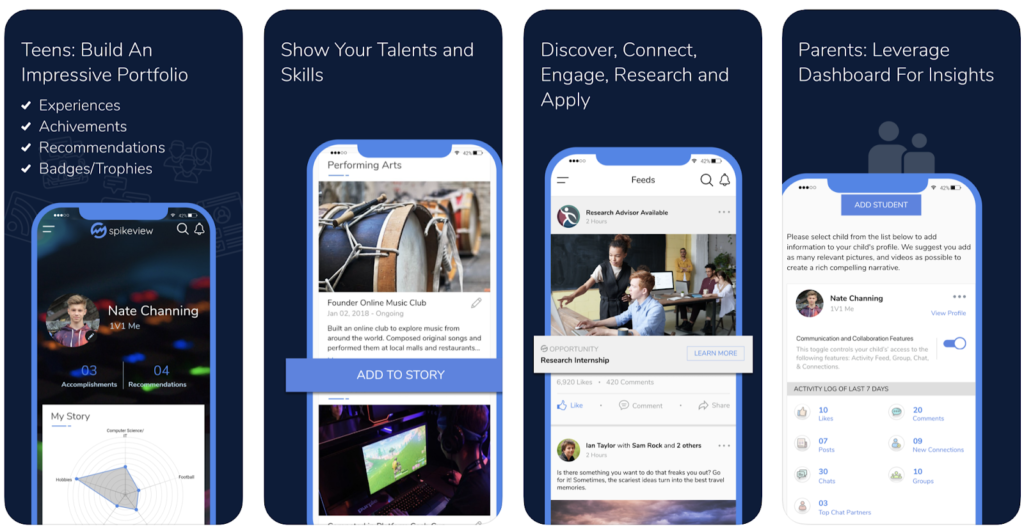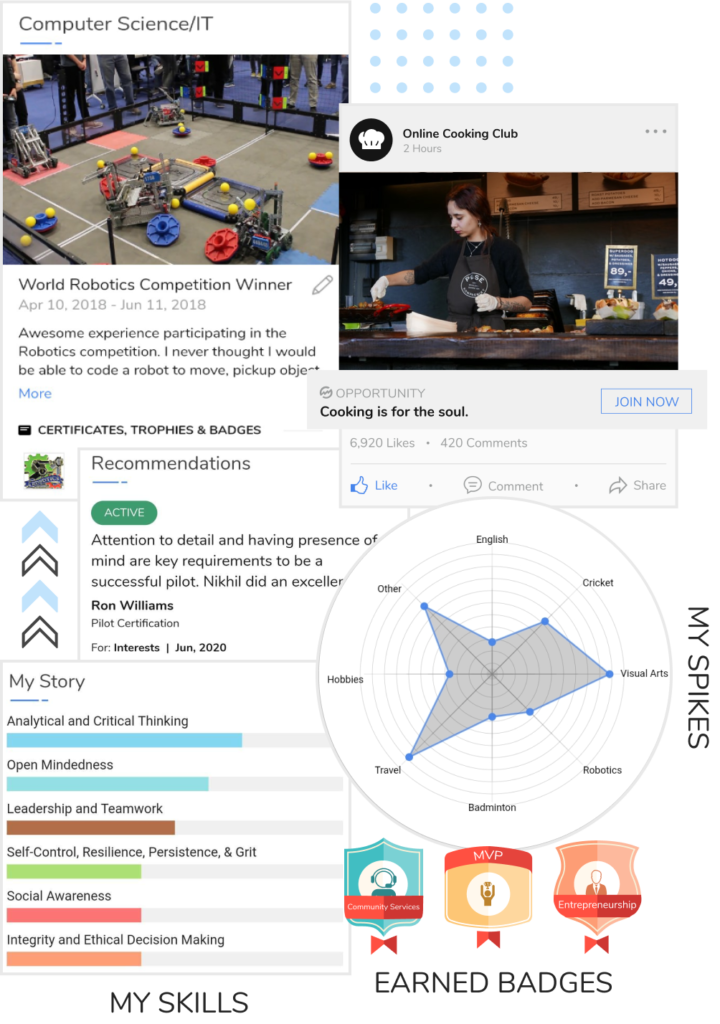
The world we now live in is resoundingly different than the world we grew up in. Applying to college has become the norm and parents and students take it seriously. The competition to get into college can be overwhelming at times for both parents and students.
Parenting has changed
In the 50’s, our parents let us have the run of the neighborhood. We rode our bikes everywhere, walked home from school alone, and rode the bus to the movies alone. In the summer, we left the house early in the morning and returned home in time for dinner. Our teachers terrified us and we knew if we misbehaved, our parents would back them up. There were no car seats or safety belts. You would never find anti-bacterial soap or even consider using it. When we turned 18, we either went to college or got a full-time job and moved out of the house.
In the 80’s, parenting styles
began to change. Because of Adam Walsh, we watched our kids like a hawk. We weren’t quite ready to take away their freedom, but we worried. We worried about where they were, who they were with, and what dangers they might encounter when they were at school, outside, and at the mall. Parents began to question a teacher’s authority and loosened the grip on the discipline of their children. Spanking became taboo and “time out” emerged as a parenting technique.
At the beginning of the 21st century helicopter parenting emerged. It’s not like we planned for it to happen. It just did. We sheltered our children from any disappointment. Everyone on the team got a trophy. There were no winners or losers. We questioned all school authority. We would never consider letting them walk home alone or play outside without supervision. If they forgot their lunch, we took it to them. If they left their homework at home, we took it to school. We began to make every decision for them and protect them from every consequence. We began to feel the “parent peer pressure” for our children to be the best and the greatest. If they graduated from college and couldn’t find a job, they came home to live and thus the term “boomerang” generation was born.
How do you walk the tightrope of helicopter parenting?
How do we raise our children in this frightening world without overprotecting them from the disappointments and trials of life? What are the long-term risks of helicopter parenting?
Combine a little of the 50’s parenting, some of the 80’s style of parenting, and a very small amount of the 21st century parenting for the perfect parenting balance. There’s a fine line between cautious parenting and being a helicopter mom.
Ask yourself this question–Do you want your children to be independent successful adults or do you want them living in your basement for years and years depending on you to pay their bills and take care of them? Is it conceivable they will be going off to college and surviving alone, or calling you every day crying for help, or needing assistance with every life task? Will they be running home because they simply can’t survive without you?
My guess–your answers to every one of these questions would be a resounding NO!

